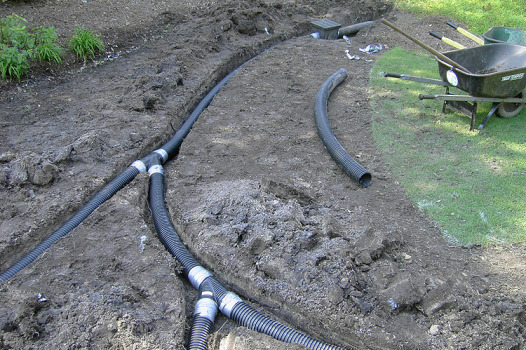One trick to making a richly planted—or even shaggy—yard feel more manicured is to add a smartly defined piece of hardscaping. Patios and paths or an upgraded driveway not only define space but also provide the kind of contrast that makes a flower bed or lush lawn pop.
But if traditional surfacing materials leave you feeling as flat as poured concrete, consider pavers—concrete pavers. More affordable than stone, more colorful than brick, and more durable than asphalt, concrete pavers are a practical yet attractive option anywhere on the property. And because they’re modular, they’re easy to install and fix, even for DIYers.
Concrete pavers fall into two categories: interlocking and architectural slab. Interlocking pavers were invented by the Dutch after World War II, when brick, their traditional paving material, was in short supply. Billions of the chunky blocks found their way onto European roads, and many of the originals are still in good shape despite 50 years of traffic.
Little surprise, then, that their consumer cousins often come with a lifetime warranty and make perfect driveway material. For all their practicality, however, interlocking pavers lack the natural look; the frozen-oatmeal texture and plain shapes strike many as unrefined.
Architectural slab pavers provide a more aesthetic alternative. Though these thinner cakes can’t handle auto traffic like their interlocking kin (and are slightly more sensitive to the vagaries of the freeze-thaw cycle), they neatly mimic the look of brick or natural stone. Best of all, they do it for much less than the real deal.
Read on to find more information and plenty of inspiration on concrete pavers that will help you tackle your next hardscaping project with confidence.
The Two Types of Concrete
All concrete pavers contain sand, gravel, portland cement, and water, but their durability and texture vary depending on how they’re made.
Interlocking
• Edge spacers create uniform joints.
• Made with stiff, very strong concrete mix.
• Thick; suitable for all uses, including driveways.
Architectural Slab
• No edge spacers.
• Molded from wetter concrete to resemble stone or brick.
• Thin; not good for driveways.

